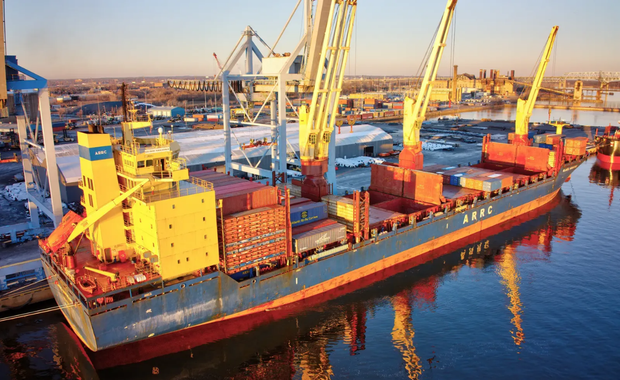Cargo ship loaded with Russian timber, one of Putin's largest sources of government revenue after oil and gas, seized in Germany
A vessel carrying some €40 million of Russian conflict timber has been seized by German Customs.
The ship, 23,000-tonne Atlantic Navigator II, was en-route from St Petersburg in Russia to the US east coast when it developed a fault and was forced to dock at Rostock port on the German Baltic coast earlier this month. Earthsight learned of the action through industry sources; it was then confirmed by German Customs.
Russian timber was banned in Europe in response to the Russian invasion of Ukraine in February 2022. The timber industry is one of the largest sources of government revenue in Russia after oil and gas.


Add comment